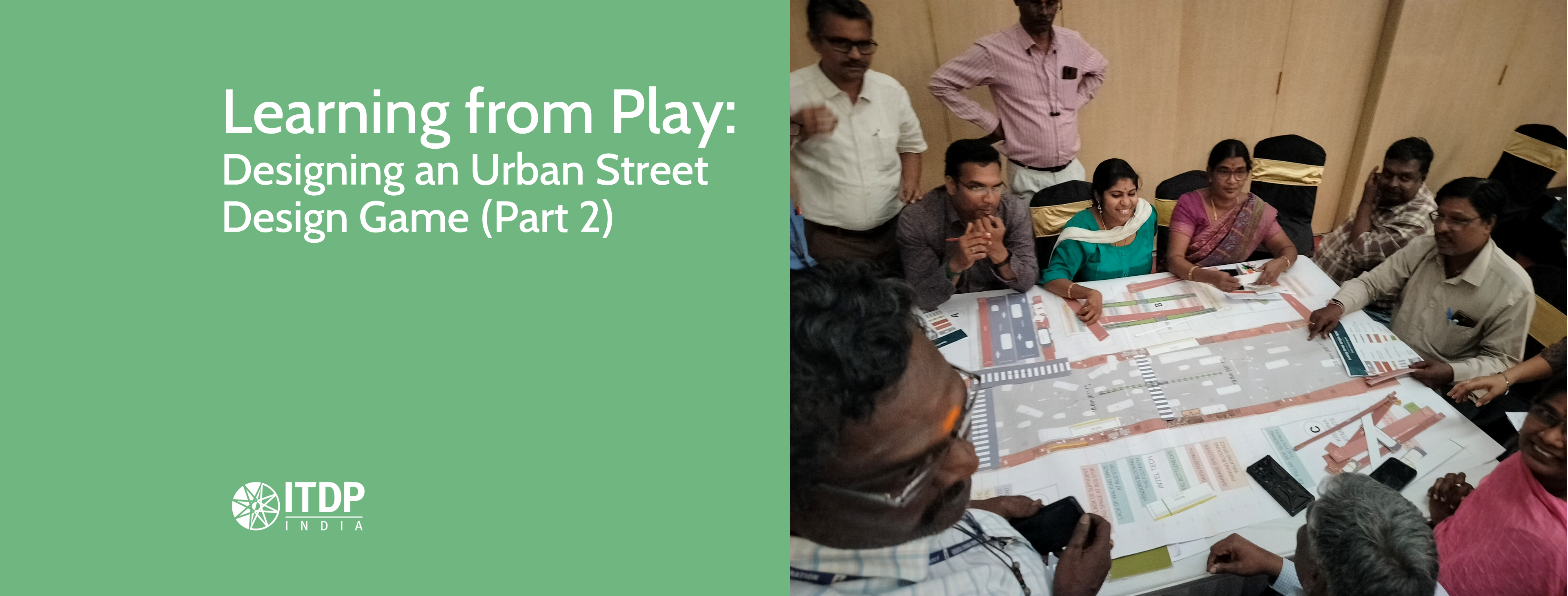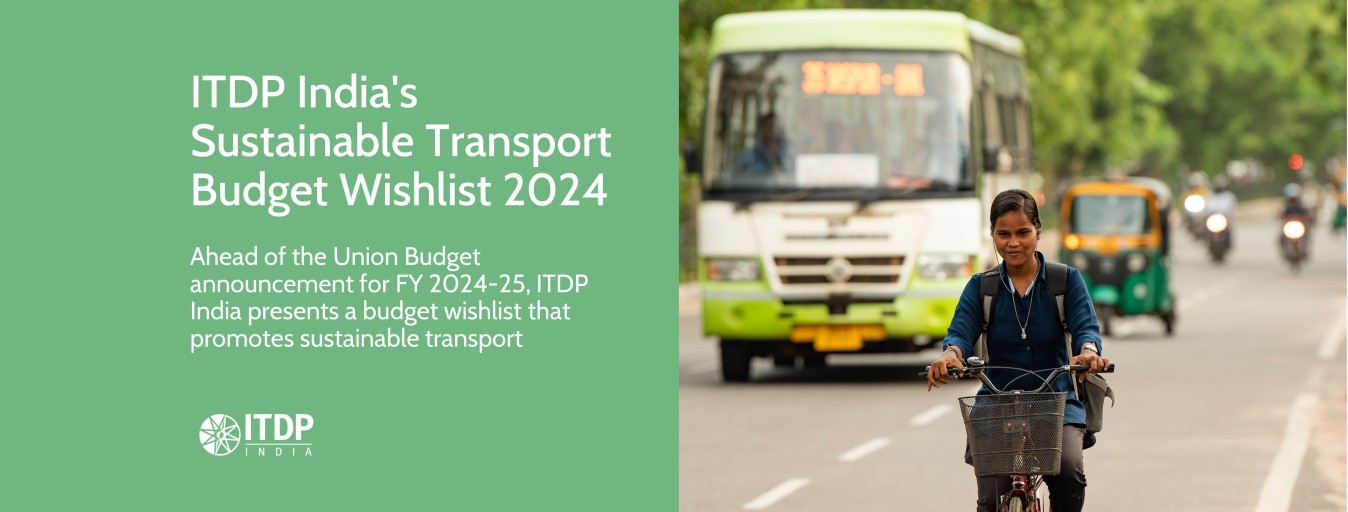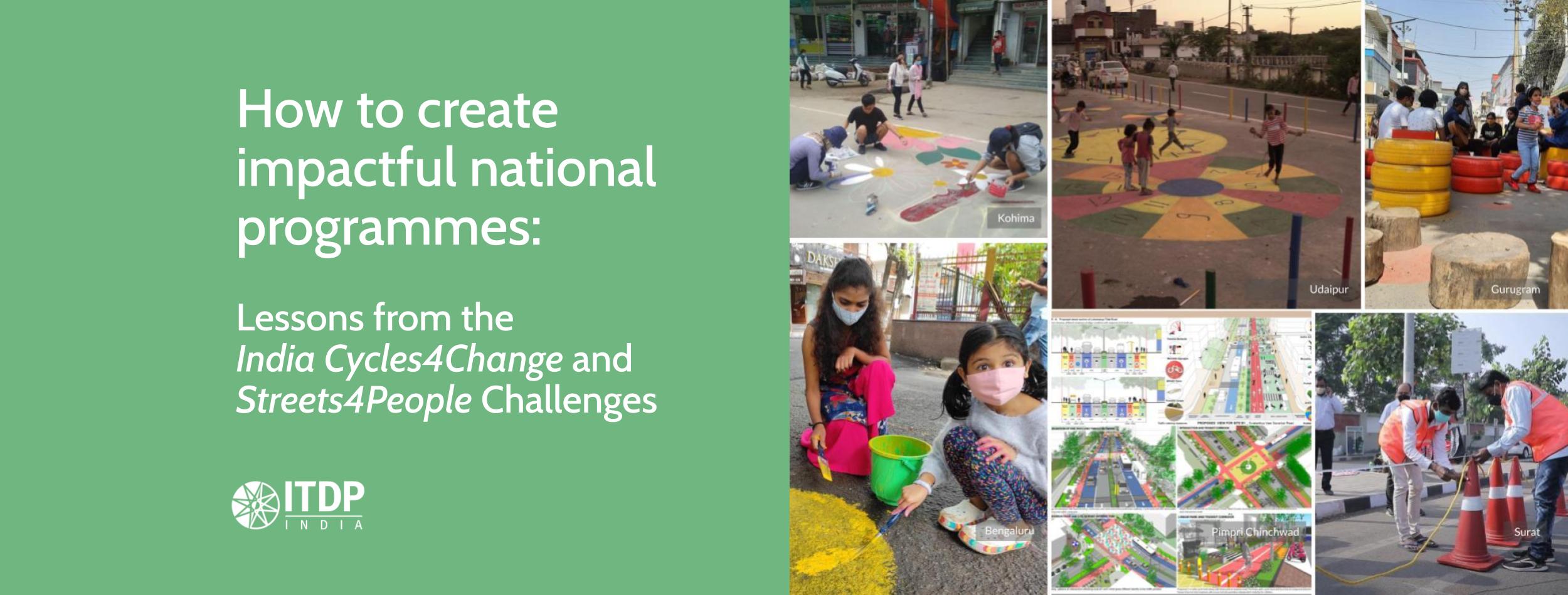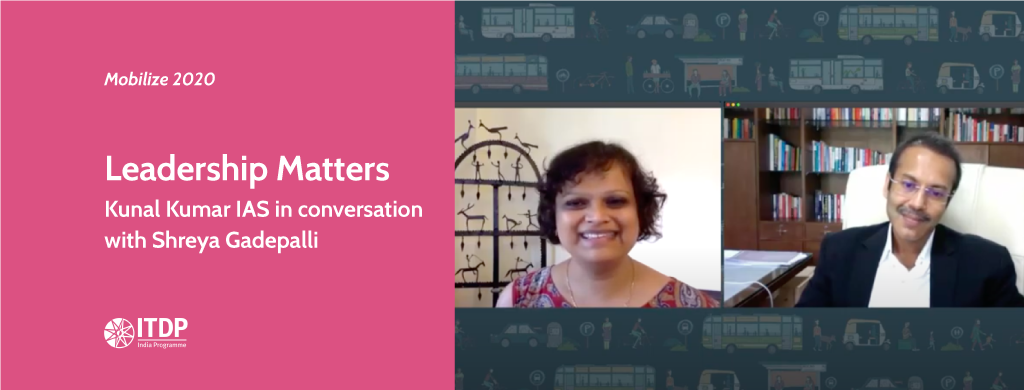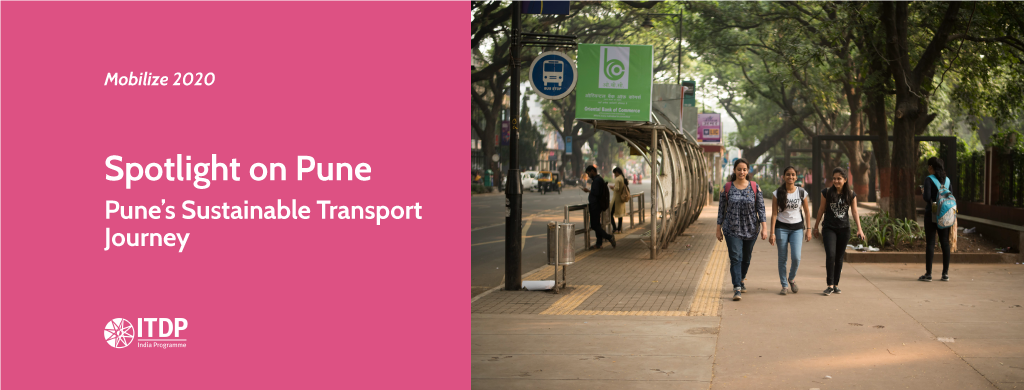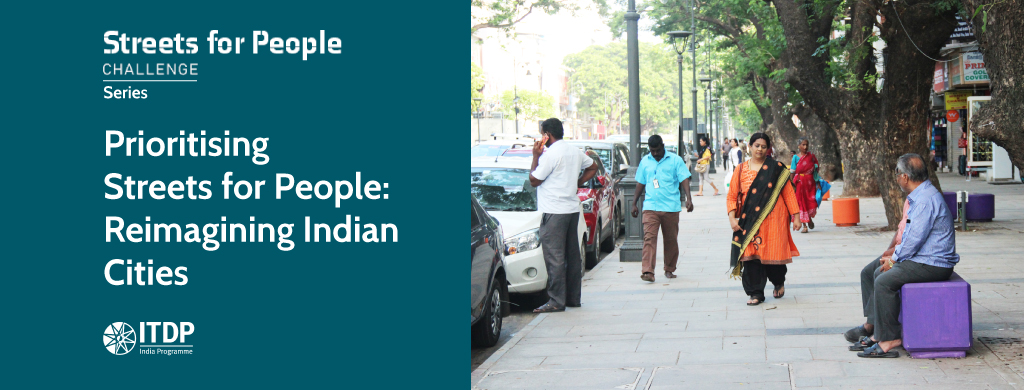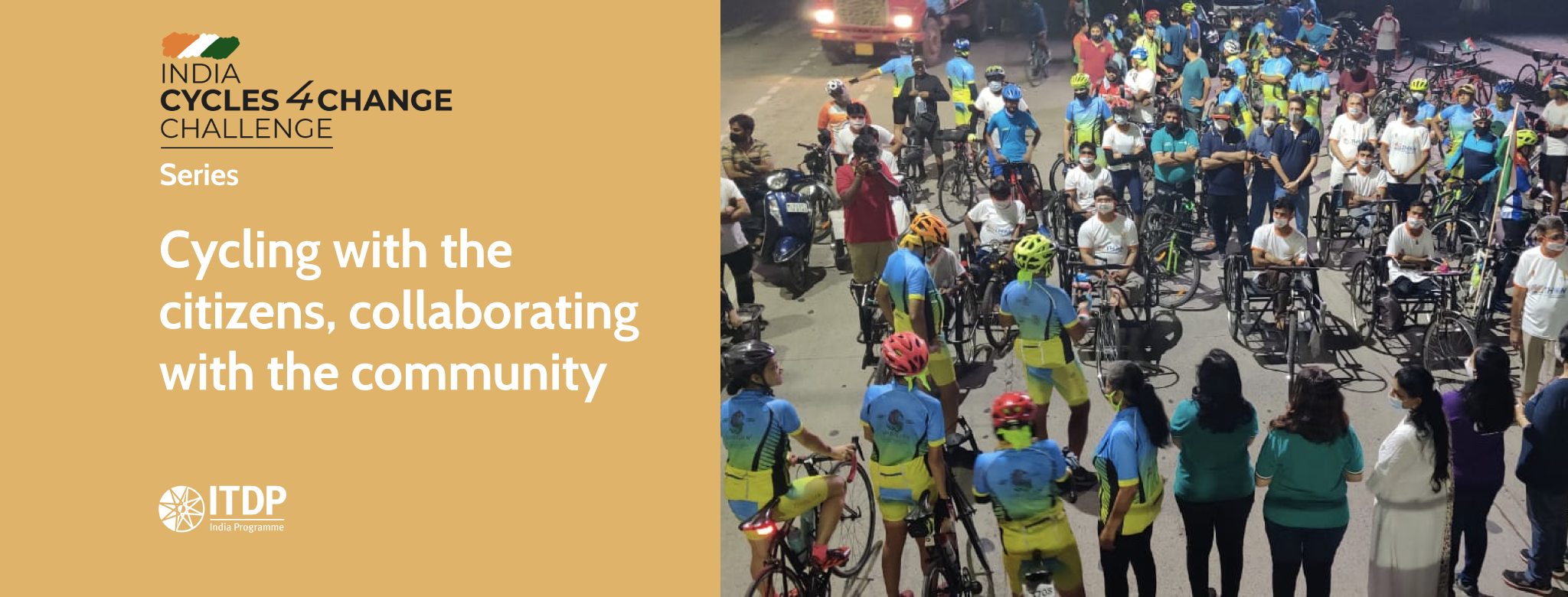For everyone who thinks managing urban transport is serious business, and not fun and games, we are back to say it can be both!
A few months ago, we wrote a blog on how to design an urban transport game. In the blog, we captured our learnings of gamifying the process of developing long-term plans for Healthy Streets. We did this so others can learn from the process and build on it. Well, this is our way of giving back, having learned from and built upon the expertise and experience of many other organisations in this field.
This is another such attempt to document our journey with a new game – Getting Your Street Design Right. In this blog, we elaborate on how we gamified the process of developing good street designs.
This game was played on 31st May, 2024, with 70 engineers of Greater Chennai Corporation at an inter-departmental workshop. Here’s how it was developed.

Drawing Inspiration from Experts
In our quest to strategise the next game on getting street design right, we came across Global Designing Cities Initiative’s (GDCI) work. In 2023, GDCI hosted an interactive workshop with nearly 40 participants from Renca and Cerrillos (municipalities in Chile). During this workshop, city officials redesigned an intersection using puzzle pieces that represented key street sections such as bus lanes, cycle tracks, curb extensions for play, commerce, and pedestrian crossings. What a great idea! Inspired by their approach and drawing from our own experience, we started out designing our next game.
Crafting a Clear Intent
Having designed multiple games and hands-on exercises in the past, we knew that getting our intent right was key to designing this game. Street design is a vast subject, and with limited time, we had to focus on specific areas and key takeaways for the participants—the city engineers. Here’s what we wanted them to take away from the game:
- Grasp the basics of street design – Our participants were city engineers who were familiar with street design. However, they needed guidance on the right principles that would make their projects more impactful and long-lasting. Hence, we decided to focus on the basics, which could then be incorporated even in their ongoing projects for better impact.
- Understand the reasoning behind the standards – Simply sharing information was not enough. Without understanding why certain street design standards are recommended, there’s always resistance to change. Hence it was necessary to establish the reasoning through the game, making it easier to grasp.
- Foster collaboration across departments – Different departments involved in street design have their own perspectives and processes. It was important to bring them together and get them to collaborate.
In short, we designed the game to simplify street design while making it fun, insightful, and collaborative.
Establishing Gaming Principles
To understand the design of street elements—footpaths, carriageway, landscaping, bus stops, street furniture, utilities, etc.—better, we wanted participants to explore redesigning a street. With this as the base, we structured the game on the following principles:
- Allow for mistakes and fixes – We wanted the participants to see how their current approach to street design wasn’t effectively addressing on-ground challenges. Hence, the game was structured in two rounds—one, where they design the street as usual, and two where they rectify their design based on the best practices.
- Evaluate the design and learn – To get participants to fix their designs, we needed them to understand the design gaps and why it was considered so. For this, we introduced a design evaluation round for them to understand the reasoning behind the street design standards.
- Reward players – It was established up-front that this game would have no winners. But where’s the fun in that? To keep the excitement going and to celebrate the teams for getting some aspects of street design right, we introduced badges! Each badge represented a key element to street design and winning that badge meant they designed that element well. Each team needed to win all six badges to unlock a “Healthy Streets Badge”.

Detailing the Game
From our past experience, playing the game in groups, especially smaller ones, is most effective to hear different ideas. We decided to play this game in groups of 6-8 participants, creating an interactive approach for participants to learn by doing. Here’s how the game played out:
1. The Playing Board
We started by creating a fictional street, Malgudi Salai (Malgudi Street, in Tamil) and developed a plan view of an 80m stretch of this street, on the playing board. To keep it as realistic as possible, we depicted broken footpaths, varying carriageway widths, parking encroachments, large intersections, etc. on the playing board. Common pedestrian issues were also identified on the board to make it easier for the participants to understand the context and resolve them through design.

2. Context Sheets
To help participants visualise the street , we developed additional information for Malgudi Salai. We included street photographs (of streets with similar character), land-use, and it’s location in the city.


3. The Game Pieces
The elements of street design were our game pieces. Since we wanted players to learn from their mistakes, we developed the street elements of varying dimensions, including some that did not meet standards. This way the players had a variety of pieces of the same street element to choose from. We were also curious to know which ones they would pick in an ideal design scenario.

4. The evaluation matrix and characters
To make the game more engaging, we introduced two fictional pedestrian characters—Thangavel, a person with disability, and Kamala, a caregiver—who frequently used Malgudi Salai. Through their journey, we highlighted specific street issues, such as Thangavel struggling to navigate a broken footpath with his wheelchair. These scenarios helped participants understand the street issues from the characters’ perspectives. We shared an evaluation matrix which helped the teams evaluate their designs, keeping in mind the needs of Thangavel and Kamala. The evaluation matrix was a set of questions to check if a particular street design element was designed correctly.

5. The right process
After the players designed the street and evaluated their designs, it was time to fix it. For this, they needed guidance on best practice of street design. So, before the teams modified their designs, we provided a step-by-step guide on how to redesign their streets. This was followed by another round of evaluation, and then the awarding of the Healthy Streets Badges.
Rolling out the Game
The capacity-building workshop had representatives from departments including the Bus Route Roads, Stormwater Drains, and Special Projects, along with Zonal engineers. We split them into groups of 10, making sure each group had representatives from different departments.
And then, game on! The team dived right into Round 1, working together to come up with a design solution for Malgudi Salai. We witnessed participants engage in healthy debates over minimum standards of the street elements.
After 15 minutes of play, the designs were complete and then came the moment of truth—the evaluation and handing over of badges. All groups got a minimum of two aspects of street design right, qualifying for atleast two badges. However, since they did not incorporate all elements of street design, they did not qualify for the Healthy Streets badge. This quickly made them realise that just fixing one or two aspects of the street doesn’t yield the impact they expect. We eventually informed them that they had an opportunity to win the Healthy Streets badge in Round 2 by following a secret recipe! The energy in the room shifted—they were now pumped to pay attention to the guidance (the secret recipe) we provided on the right street design practices.
As the participants worked on Round 2, following the guidance provided, they even remembered to add access ramps for Thangavel’s wheelchair, without our nudges! They also realised that by making small modifications to their approach, like starting off with identifying the centreline of the street and fixing uniform carriageway widths, they were able to accommodate wider pedestrian infrastructure. They could do all this without compromising on other elements.
As a result, all teams qualified for a Healthy Streets badge by following the not-so-secret-anymore recipe! The players actively referred to the evaluation matrix and the guidance to ensure they got their designs right. This went on to show us that even a simple game like this can be so impactful.

Conclusion
Just like our game play in 2023, we once again saw how powerful and transformative games can be. The process of developing the game and especially the positive response of city officials to the game makes us hopeful about the future of streets in our cities. Through such continued engagements, we hope to make Healthy Streets a reality and enable our cities to create impactful transformations on the ground.
We leave you with this – there is hope for the streets in our cities. The game is far from over.
Written by Smritika Srinivasan, Senior Associate – Urban Development
Edited by Donita Jose, Senior Associate – Communications




